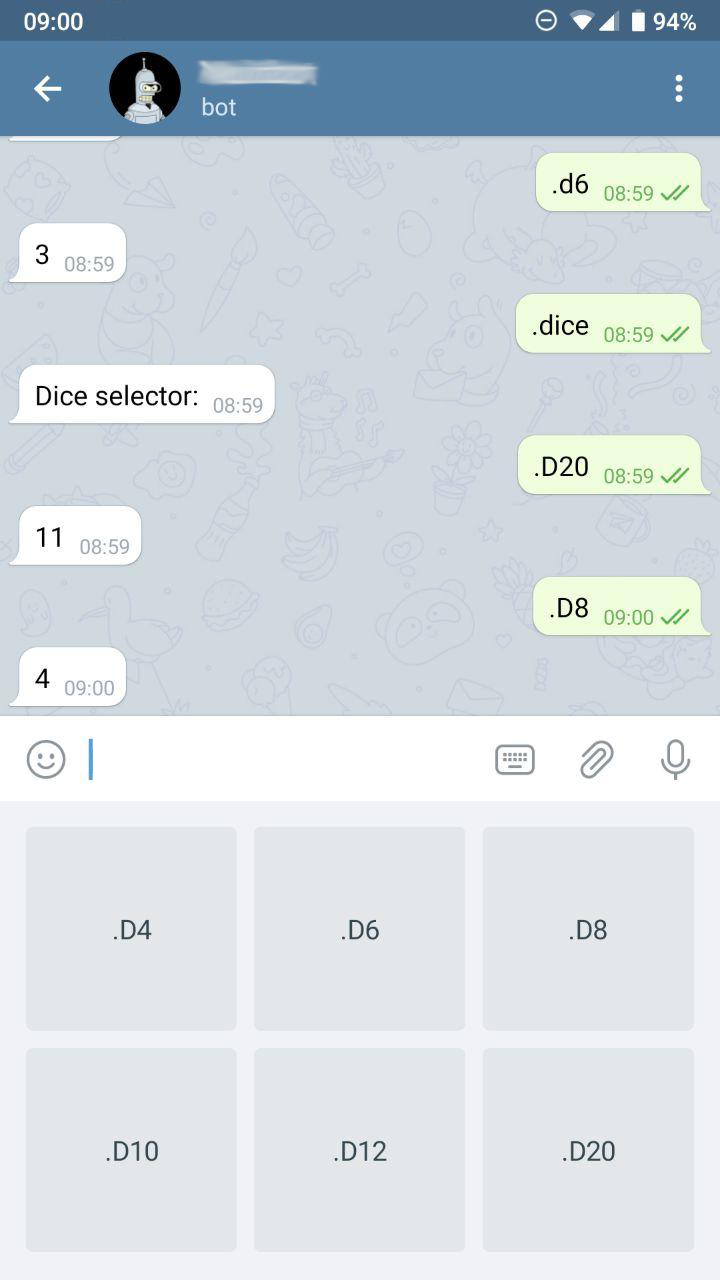Recently I made some experiments with Telegram bots in Ruby.
From Telegram Bots API, there are 2 methods to receive incoming updates:
getUpdates: using long polling;setWebhook: setting an URL that will receive the requests.
Creating a bot with the first method is easily done using a Telegram client library like telegram-bot-ruby, in this case the bot app will continue to ask for updates to Telegram. While the second way lets Telegram send requests to your server when needed, I prefer this one.
The steps to do it are the following:
- create a new bot via @BotFather’s command
/newbot; - setup and run your bot server application (in my case a Ruby Rack app);
- set your server url to receive updates using the
setWebhookTelegram’s endpoint.
The bot server app handles POST requests, parse the received text messages and calls the Telegram API for interaction.
def call(env)
if env['REQUEST_METHOD'] == 'POST'
req = Rack::Request.new(env)
data = JSON.parse(req.body.read)
text = data&.dig('message', 'text')
chat_id = data&.dig('message', 'chat', 'id')
if text == '/hello'
# Use telegram-bot-ruby gem to respond back
@telegram_api.send_message(chat_id: chat_id, text: 'Hello to you')
end
[204, {}, ['']]
end
end
For more details about the code I prepared a project with some instructions that can be deployed to Heroku: telegram-bot-server-ruby
I have attached the New Relic APM dyno which can be configured to run a scheduled heartbeat check if needed. A useful plus is also the Sentry dyno to debug exceptions easily.
Bot testing screenshot:

Feel free to leave me a comment to improve this project.